Great Zimbabwe
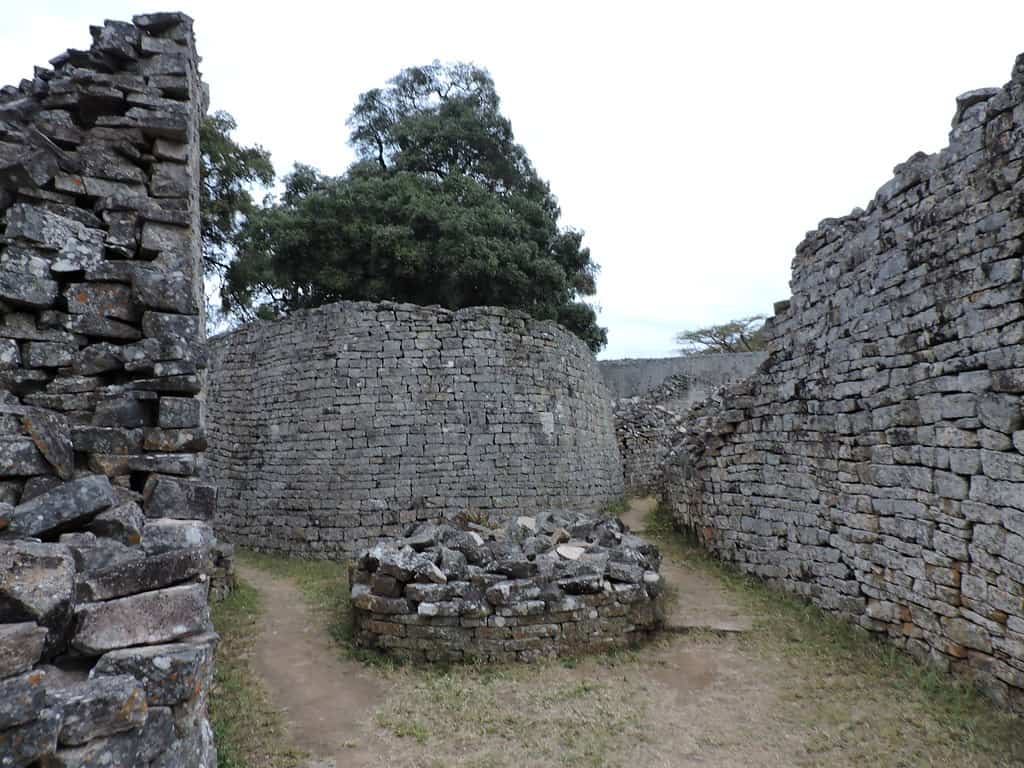
Located in modern-day Zimbabwe, Great Zimbabwe is an ancient city of stone ruins that dates back to the 11th century AD. Once the capital of the Kingdom of Zimbabwe, it is one of the largest stone structures in Africa. The ruins consist of intricate stone walls, mysterious stone towers, and a complex network of narrow passages. The most perplexing aspect of Great Zimbabwe is the absence of any written records or historical accounts about its construction and purpose.
The ruins’ architecture and design showcase impressive stone masonry techniques, suggesting a highly skilled workforce. How were the stones transported and placed with such precision? The ruins have sparked debates among historians, with theories ranging from a religious center to a royal palace or a trading hub. The true purpose of Great Zimbabwe remains shrouded in mystery, leaving us to speculate about the culture and significance of this ancient African civilization.
Teotihuacan
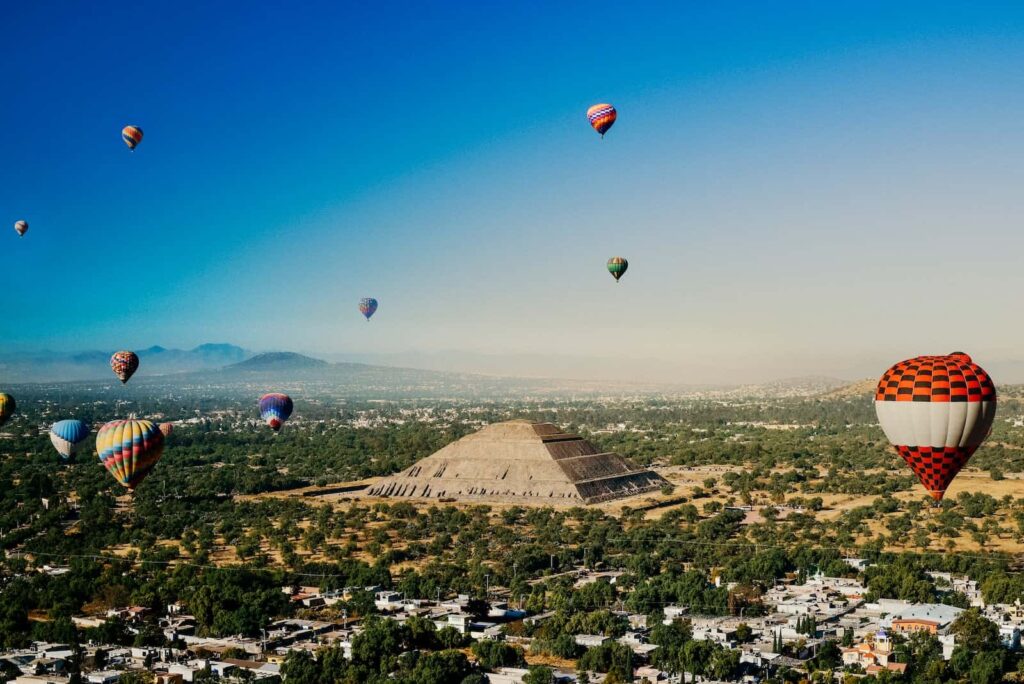
Teotihuacan, located in present-day Mexico, is an ancient city renowned for its colossal pyramids, including the Pyramid of the Sun and the Pyramid of the Moon. Built between the 1st and 7th centuries AD, Teotihuacan was one of the largest cities in the world at its peak, with a sophisticated urban layout and a population of over 100,000 inhabitants. Despite its prominence, the identity of the civilization that constructed Teotihuacan remains unknown.
The city’s mysterious decline and abandonment further add to its enigma. Who were the people who built Teotihuacan? Why did they abandon such a remarkable city? Archaeologists have uncovered murals, pottery, and other artifacts that provide glimpses into the city’s culture and beliefs, but a definitive understanding of its origins and demise continues to elude us. The ancient ruins of Teotihuacan serve as a reminder of a lost civilization, urging us to unravel the secrets it holds.
Göbekli Tepe
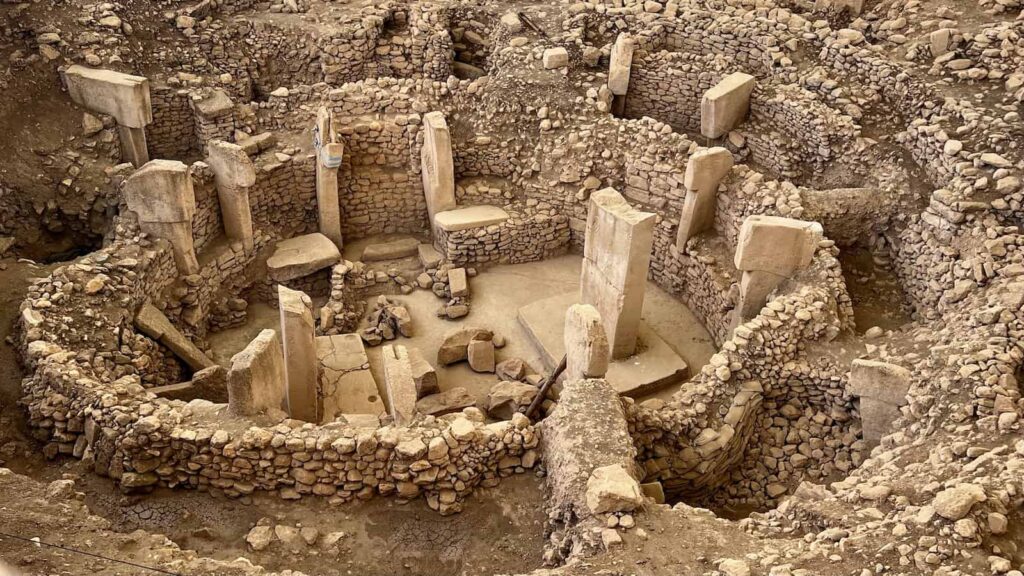
Situated in modern-day Turkey, Göbekli Tepe is an archaeological site dating back to approximately 9600 BC, making it one of the oldest known human-made structures. What sets Göbekli Tepe apart is its monumental stone pillars, some of which stand over 16 feet tall and weigh several tons. These pillars are intricately carved with depictions of animals and abstract symbols, hinting at a complex belief system.
The existence of such advanced craftsmanship challenges the conventional narrative of early human civilization. Göbekli Tepe predates settled agriculture, suggesting that humans were capable of complex communal projects even before the development of permanent settlements. Why was such a massive effort invested in constructing these structures? Who were the builders, and what was their purpose? These unanswered questions make Göbekli Tepe a captivating and mysterious ancient ruin.
Machu Picchu
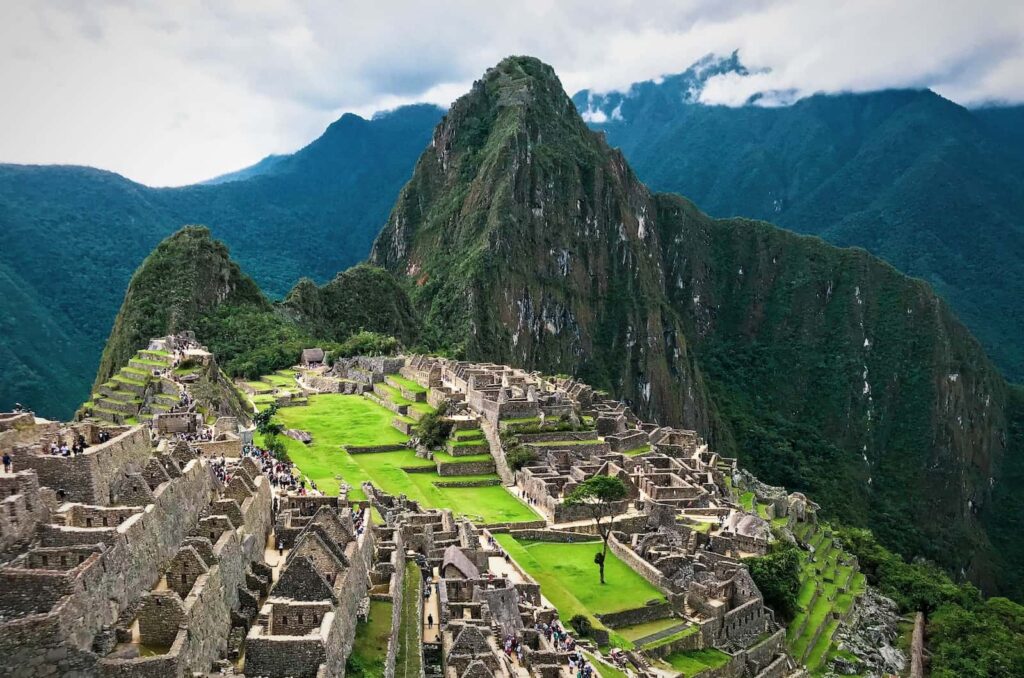
Nestled high in the Andes Mountains of Peru, Machu Picchu is an awe-inspiring ancient Incan city perched on a ridge. Built in the 15th century and abandoned shortly thereafter, Machu Picchu remained hidden from the world until its rediscovery in 1911. Its remarkable preservation and breathtaking views have made it one of the most famous archaeological sites in the world.
While much is known about the Inca civilization, the purpose of Machu Picchu continues to elude us. Some theories suggest it served as a royal estate, a sacred pilgrimage site, or an astronomical observatory. The precise construction methods employed to create Machu Picchu without the use of mortar or iron tools baffle experts to this day. Its remote location and the lack of written records contribute to the allure of this ancient ruin, leaving us with more questions than answers.epths of the past in search of answers.
Stonehenge
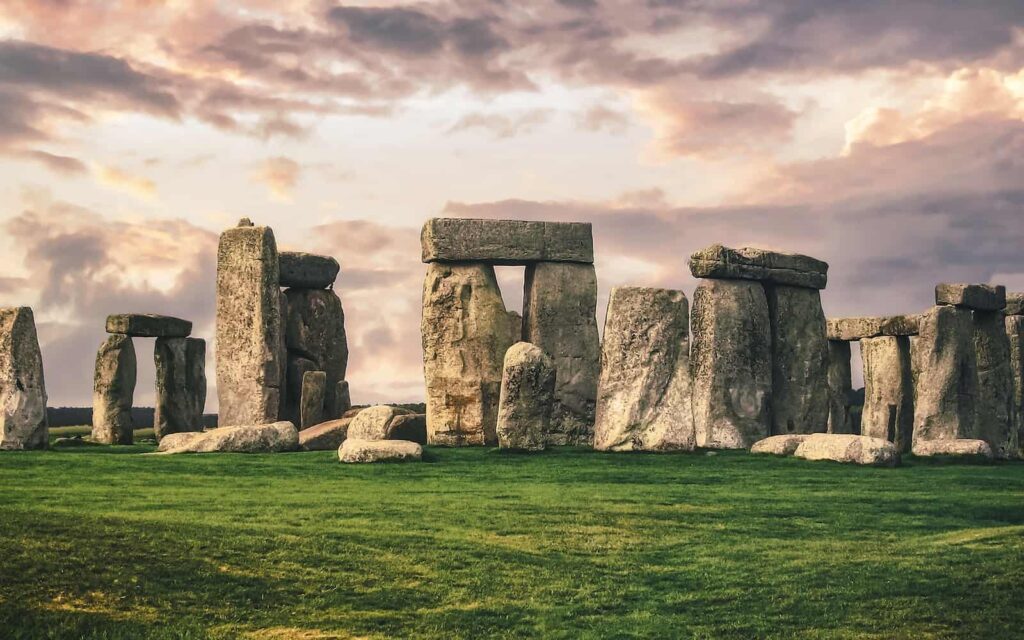
Located in Wiltshire, England, Stonehenge is perhaps one of the most iconic and mysterious ancient ruins in the world. This prehistoric monument consists of massive stone blocks arranged in circular patterns. Constructed between 3000 and 2000 BC, the purpose and method of Stonehenge’s construction have long puzzled experts.
The astronomical alignment of the stones and the precision of their placement suggest an advanced understanding of celestial phenomena. Was Stonehenge a ceremonial site, an ancient observatory, or a burial ground? The absence of written records leaves room for speculation, leading to a wide range of theories and hypotheses. Stonehenge continues to be a site of wonder and intrigue, inspiring researchers to unravel its secrets.
Petra
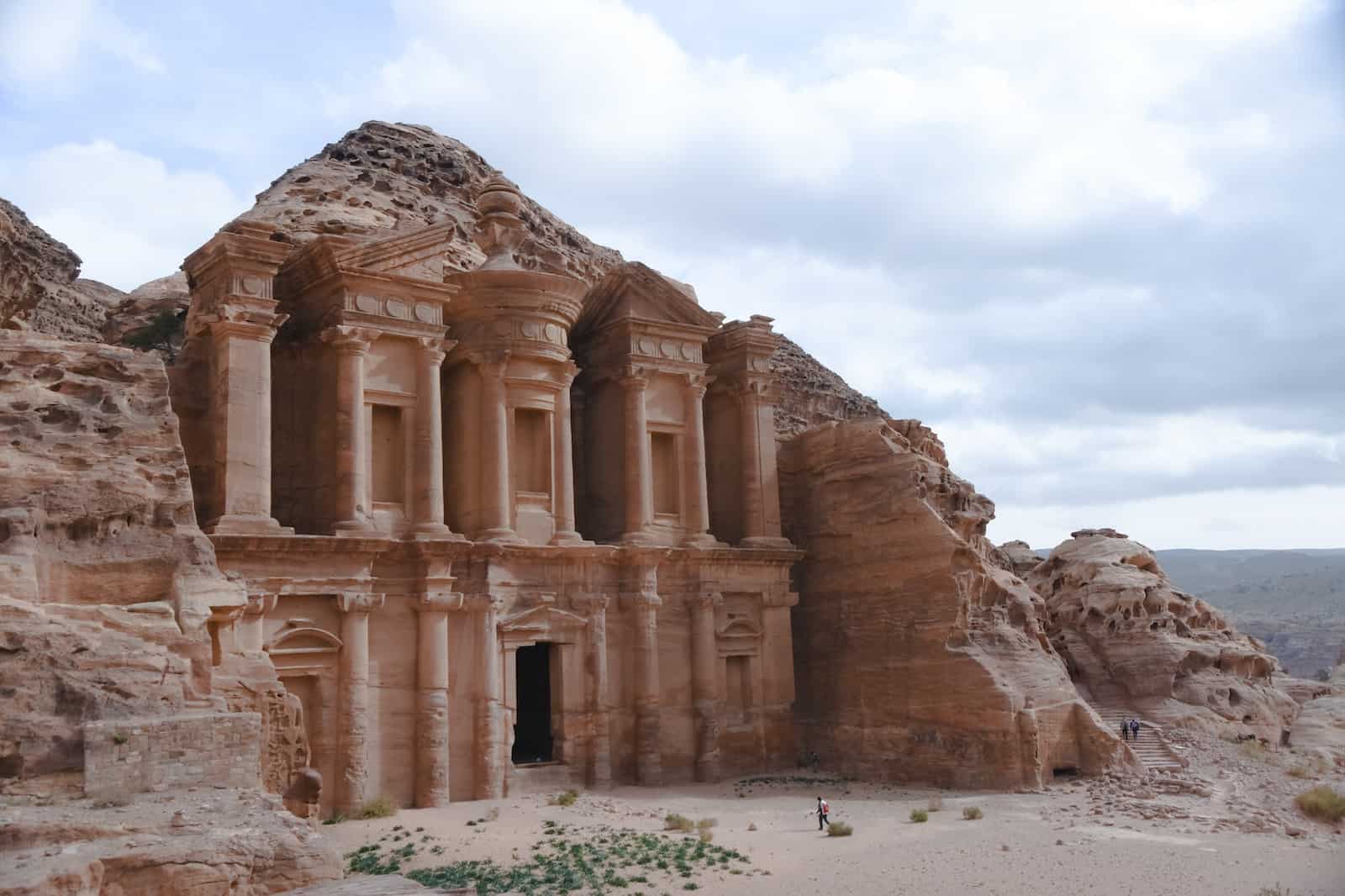
Nestled in the rugged mountains of Jordan, Petra is an ancient city carved into pink sandstone cliffs. Flourishing as the capital of the Nabatean Kingdom from the 4th century BC to the 1st century AD, Petra’s awe-inspiring architecture and elaborate rock-cut structures have earned it the title of a UNESCO World Heritage Site.
The most famous structure within Petra is the Treasury, an intricately carved temple facade that stands as a testament to the city’s grandeur. However, much of Petra’s history and purpose remain shrouded in mystery. How did the Nabateans construct such elaborate rock-cut structures? What led to the eventual decline and abandonment of this once-thriving city? The enigma of Petra beckons us to uncover its hidden narratives and reveal the forgotten tales of this ancient civilization.
Angkor Wat
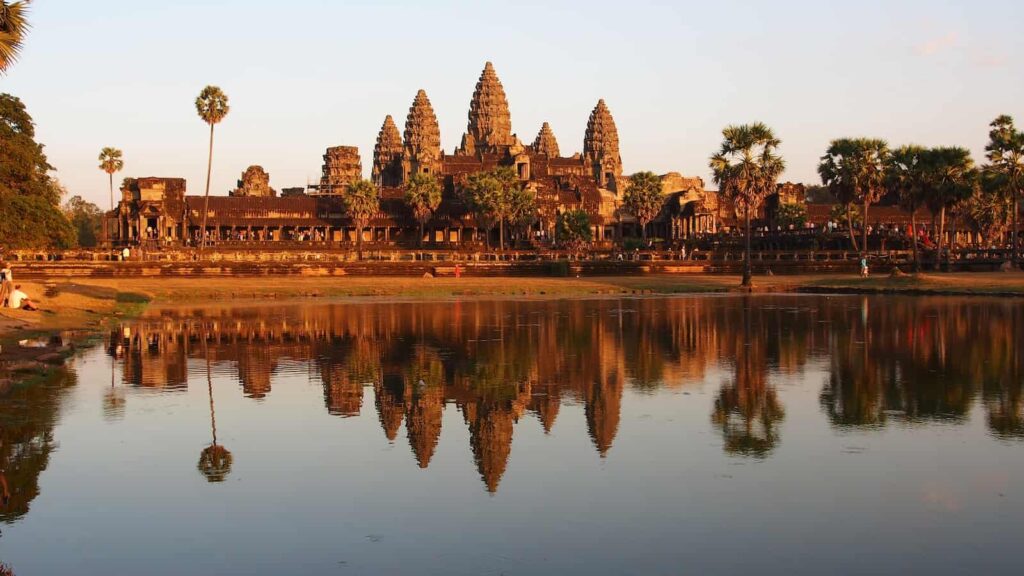
Situated in present-day Cambodia, Angkor Wat is an expansive temple complex that stands as a testament to the power and grandeur of the Khmer Empire. Built in the 12th century, this UNESCO World Heritage Site was originally dedicated to the Hindu god Vishnu before transitioning into a Buddhist temple complex.
The sheer scale and intricate design of Angkor Wat leave visitors in awe. Its detailed bas-reliefs depict mythological tales and historical events, providing glimpses into the rich cultural and religious traditions of the Khmer Empire. Despite its prominence, much about the purpose and symbolism of Angkor Wat’s architecture remains a subject of debate among scholars. Unraveling the complex history and purpose behind this awe-inspiring ancient ruin is an ongoing quest that fuels our fascination with the past.
Chichen Itza
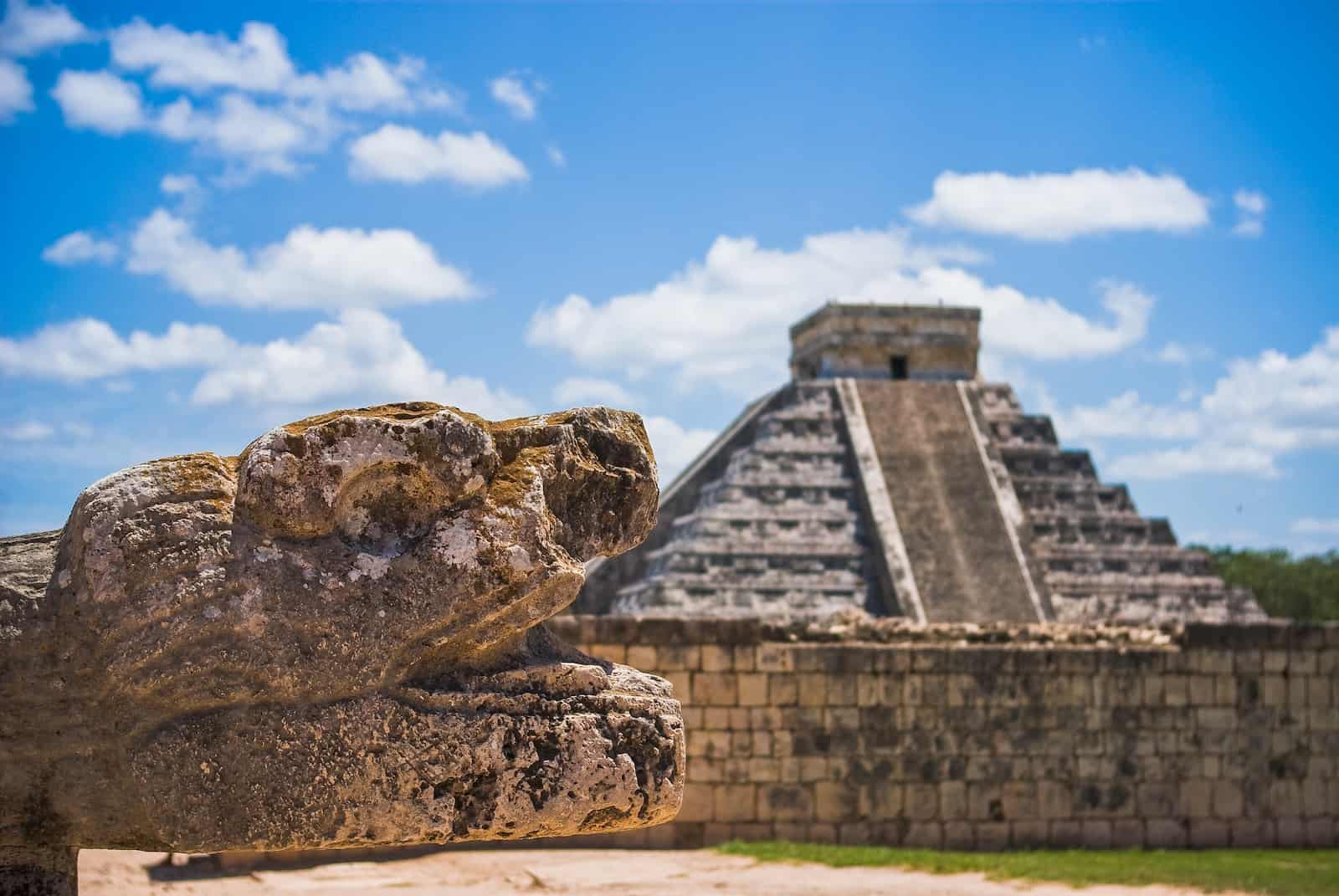
Located in Mexico’s Yucatan Peninsula, Chichen Itza is a remarkable Mayan city renowned for its iconic pyramid, El Castillo (The Castle). This archaeological site provides insights into the sophisticated knowledge of astronomy, mathematics, and engineering possessed by the ancient Maya.
The annual phenomenon of the “serpent of light,” where the shadows align to create the illusion of a descending serpent on the steps of El Castillo during the equinoxes, has captivated the world. Beyond the striking architectural achievements, Chichen Itza poses questions about the rituals and beliefs of the Mayan people. What role did this city play in Mayan society? How did the civilization flourish and eventually decline? The ruins of Chichen Itza are a testament to the ingenuity of the ancient Maya, compelling us to unravel their ancient mysteries.
Tikal
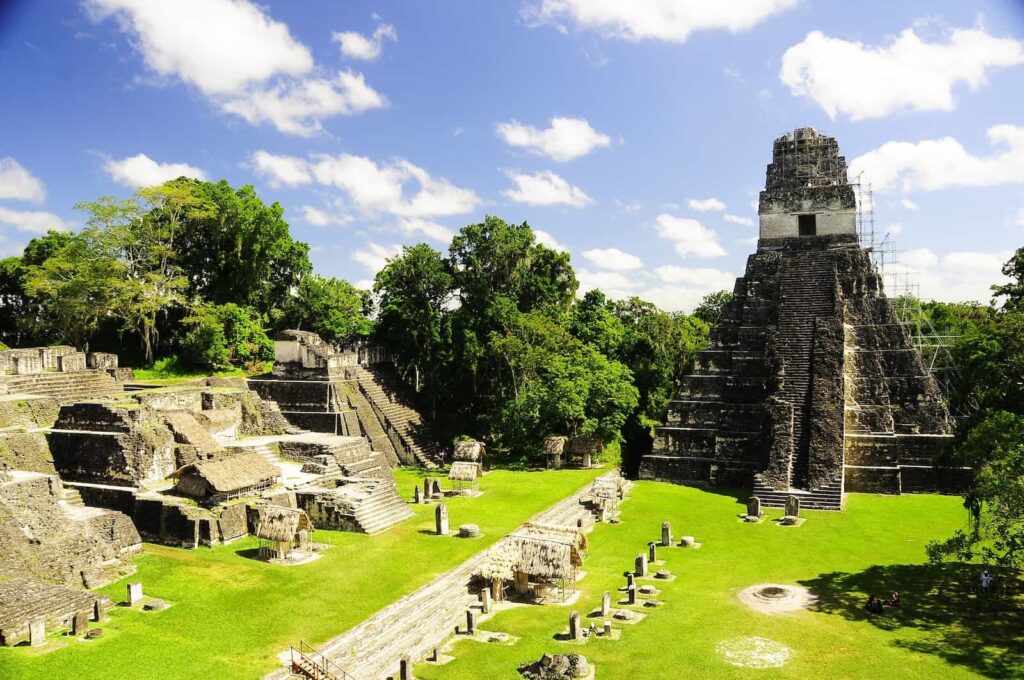
Deep within the jungles of Guatemala lies the ancient Mayan city of Tikal. Flourishing between the 4th and 10th centuries AD, Tikal was a thriving political, cultural, and economic hub of the Mayan civilization. Its iconic temples, pyramids, and palaces rise majestically from the dense rainforest, drawing visitors into the mystical allure of this archaeological gem.
Despite extensive excavation and research, many aspects of Tikal’s history and societal structure remain shrouded in mystery. How did its ancient inhabitants construct such colossal structures without modern tools and technology? What caused the eventual decline and abandonment of this once-bustling city? Tikal continues to unravel tantalizing secrets, urging archaeologists to unravel its enigmatic past.
Easter Island
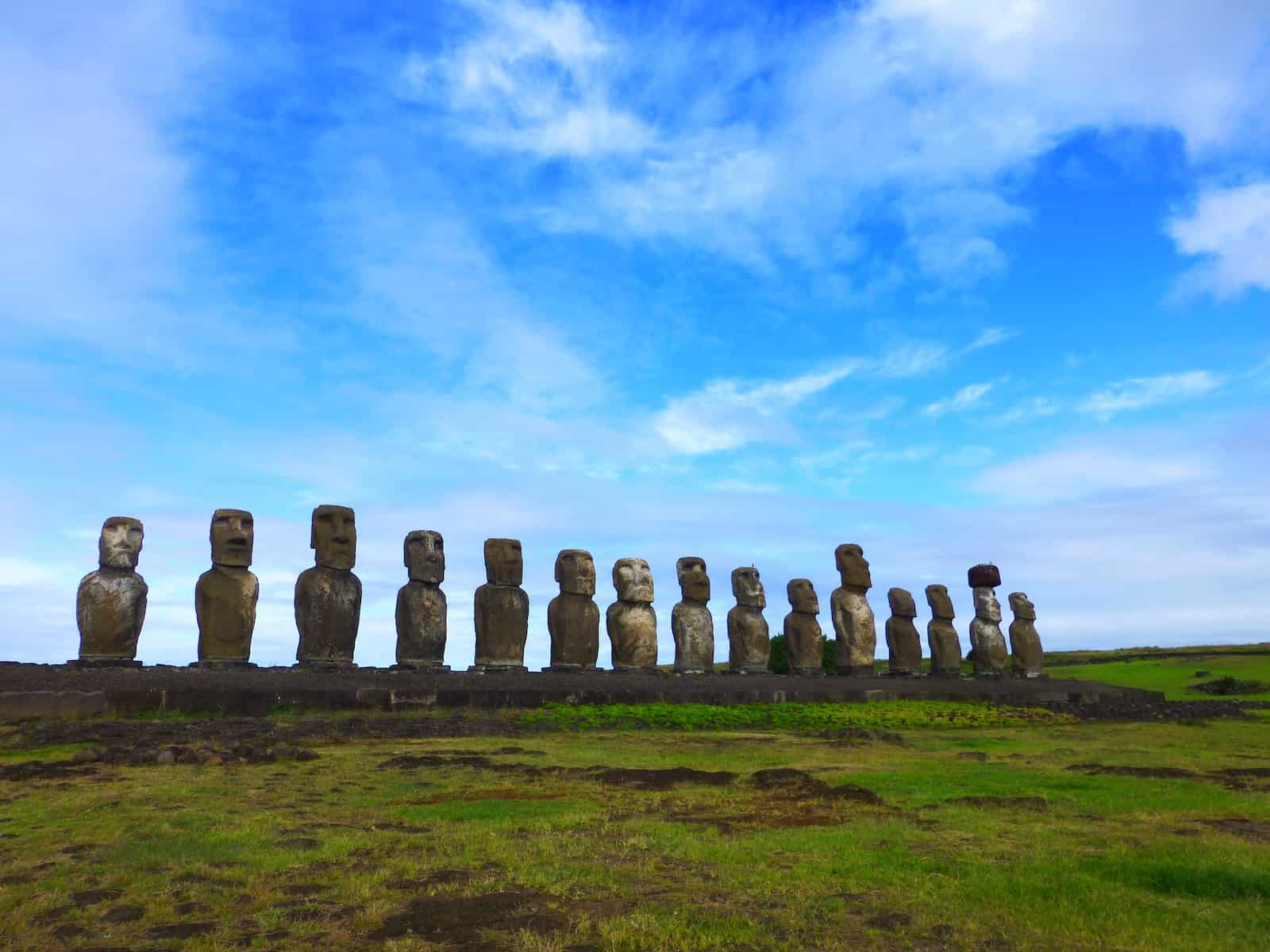
Located in the remote Pacific Ocean, Easter Island, also known as Rapa Nui, is renowned for its colossal stone statues called moai. These towering monolithic figures, some weighing up to 75 tons, dot the island’s landscape, creating an eerie and captivating atmosphere. How these massive statues were carved, transported, and erected remains a captivating puzzle.
The origin and purpose of the moai, as well as the island’s mysterious decline, have fueled intense speculation. Easter Island serves as a cautionary tale of resource depletion and the potential consequences of unsustainable practices. The haunting beauty of the moai invites us to ponder the lost secrets of a civilization that once thrived on this remote island.
Palmyra
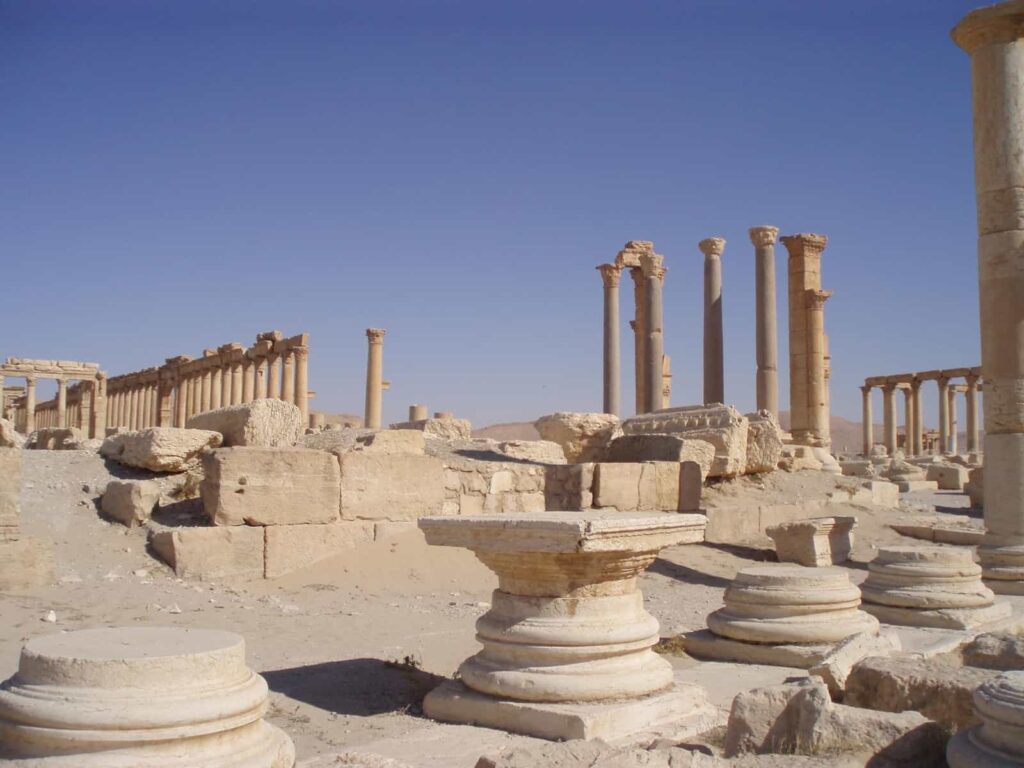
Nestled in the heart of the Syrian desert, Palmyra was once a thriving caravan city at the crossroads of ancient trade routes. Its grand colonnades, temples, and tombs blend Roman, Greek, and Persian architectural influences, showcasing the vibrant cultural exchange of the time. Tragically, the ancient ruins of Palmyra have suffered extensive damage due to recent conflicts in the region.
While much is known about Palmyra’s historical significance as a center of commerce and culture, there are still mysteries to unravel. The precise relationship between the Roman Empire and the local Palmyrene society, as well as the city’s cultural and religious practices, continue to intrigue historians. Despite the devastation, efforts to preserve and reconstruct Palmyra shed light on the significance of this ancient city and its enduring legacy.